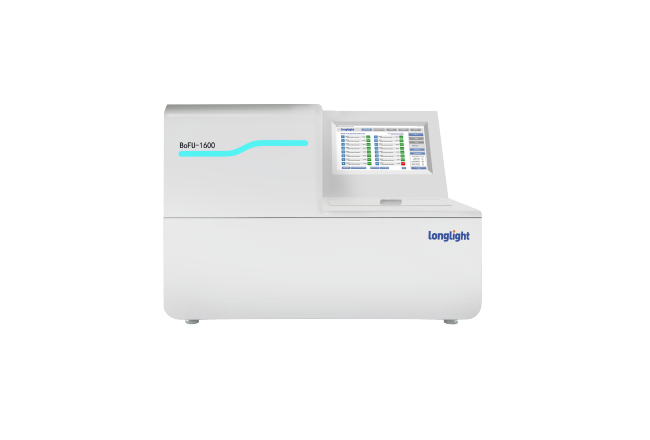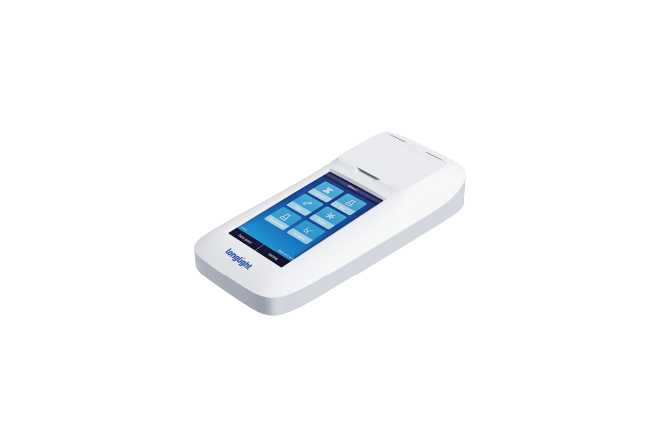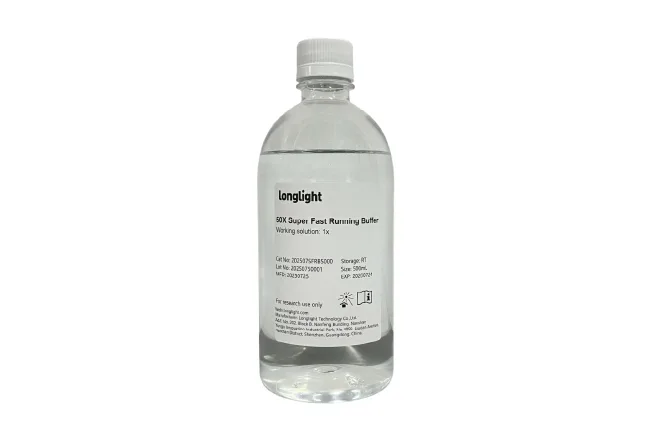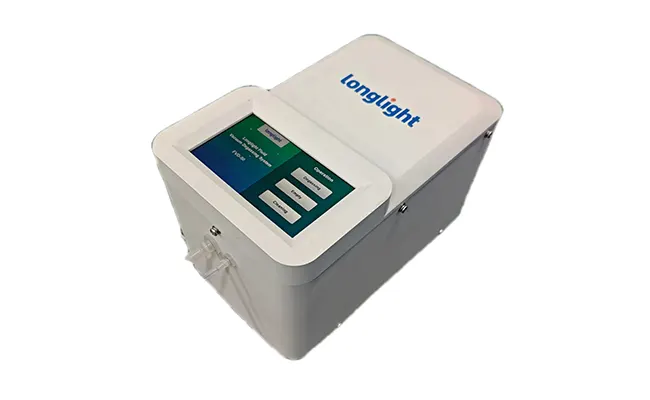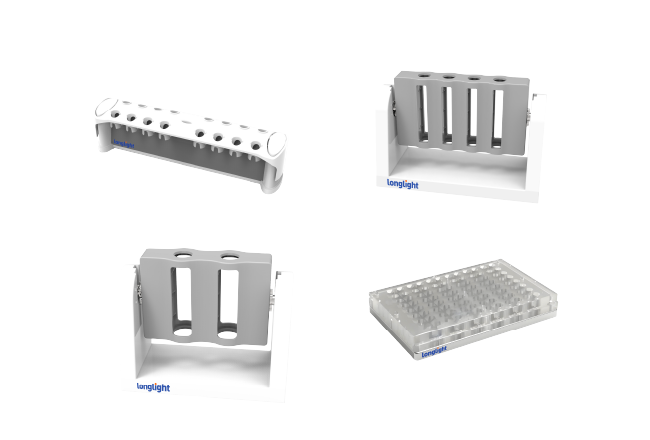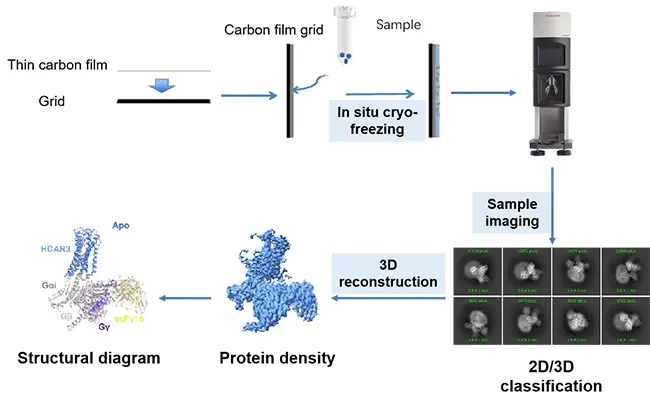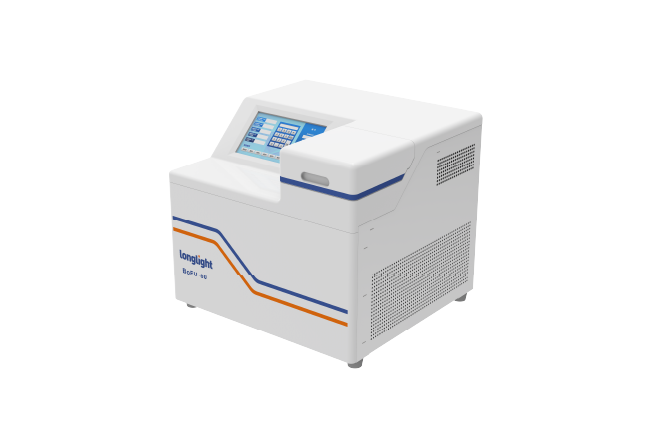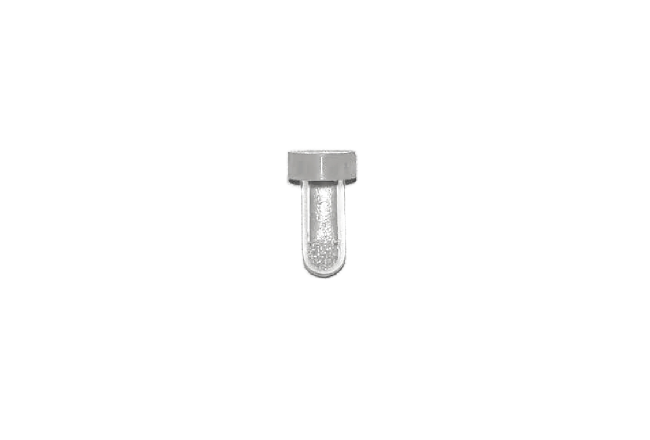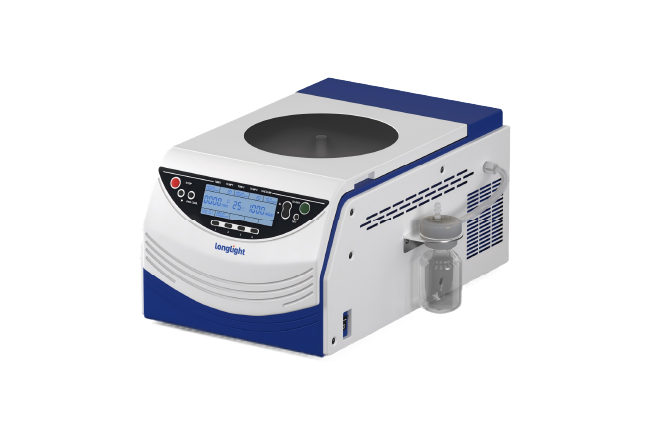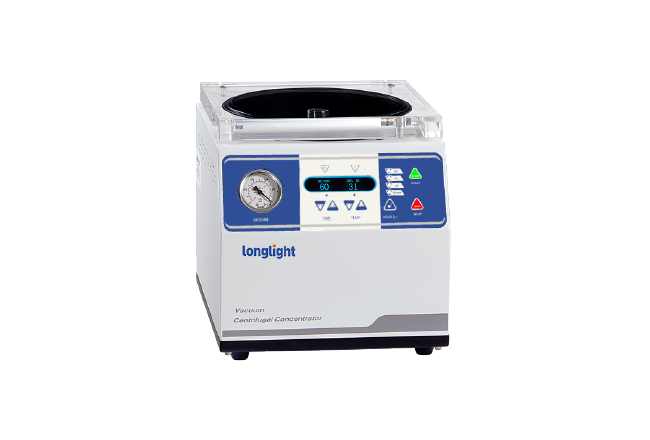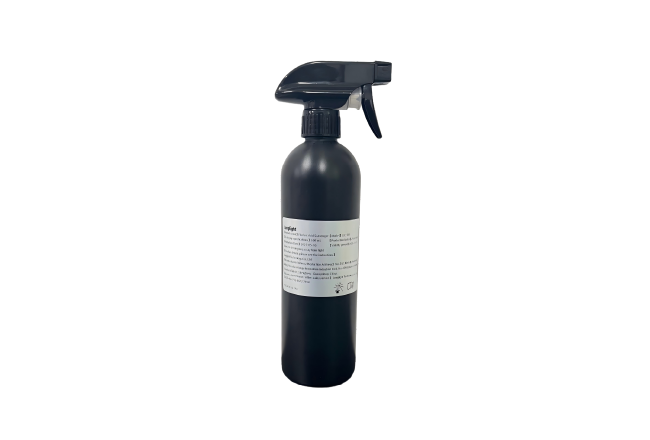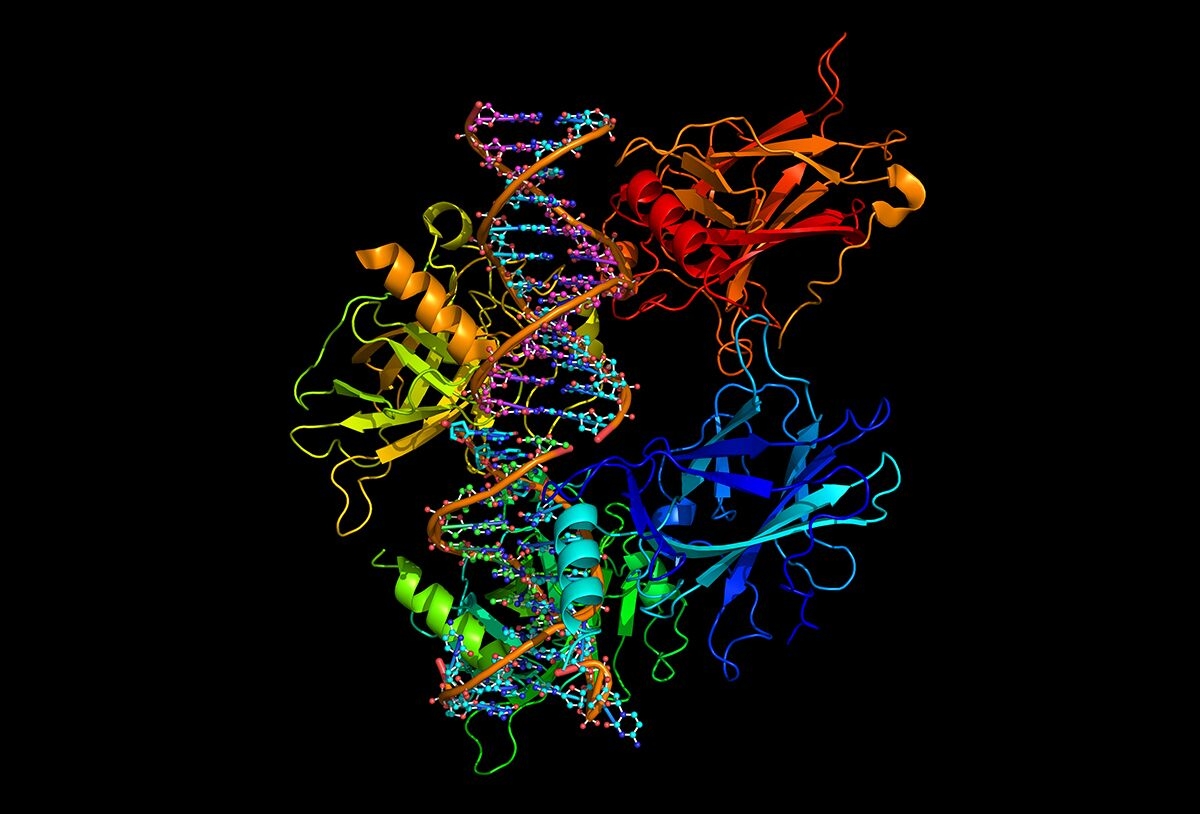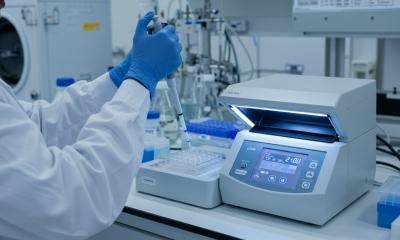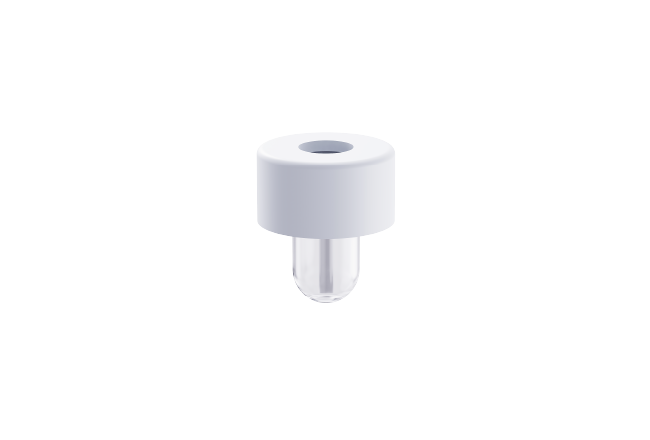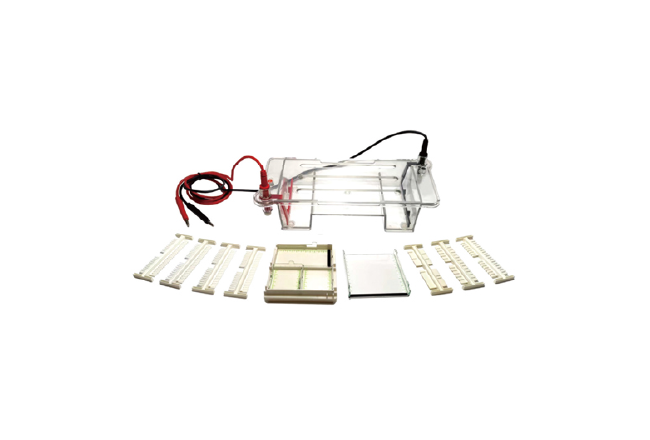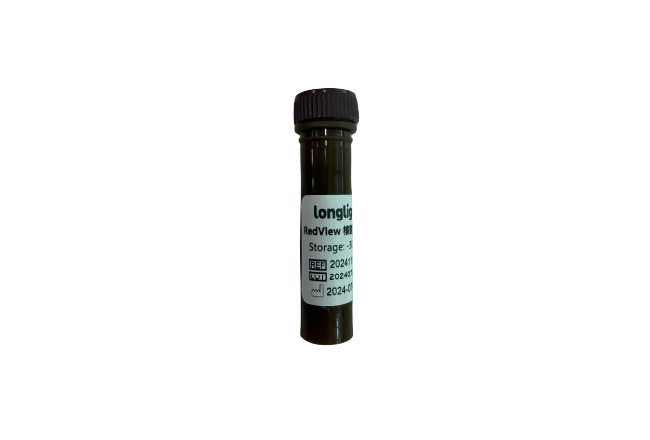Related Post
How Benchtop Fluorometer Speeds Up Lab Workflows
2025-09-25Benchtop Fluorometers have enabled influential international work: fluorescent-protein research (Nobel 2008) set brightness/photostability standards; large genomics projects (1000 Genomes, TCGA) used fluorometric DNA/RNA QC; and global water-quality programs track chlorophyll via fluorometric assays. Applications include ultrasensitive nucleic-acid and protein quantification (PicoGreen/Qubit; fluorescamine/Bradford variants), enzyme kinetics and inhibitor screens, cell viability/ROS/apoptosis assays, reporter readouts and FRET/BRET interaction studies, nanoparticle/quantum-dot characterization, food and environmental monitoring (mycotoxins, PAHs, chlorophyll), and forensic trace detection. Compact optics, low background, and wide dynamic range enable reproducible microliter-to-cuvette measurements for research and QA/QC labs.
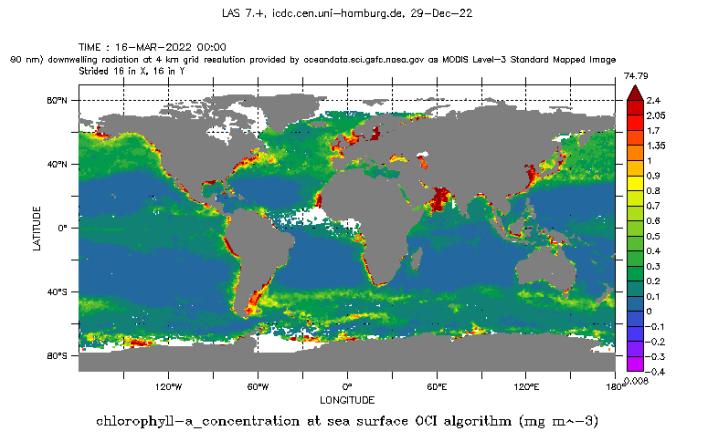
(The Nobel Prize in Chemistry 2008 – Popular information – NobelPrize.org)
Benchtop Fluorometer technology is reshaping how labs quantify nucleic acids and proteins, and at Longlight Technology we build ours to solve very specific pain points we see every day. Research teams need reliable concentration data for DNA, RNA, and proteins without long waits or large sample volumes. A modern Benchtop Fluorometer answers that need with fluorescence detection that delivers accurate numbers in seconds. It supports fluorescence-based DNA quantification for NGS library construction, quick nucleic acid checks during PCR setup, and routine protein measurements, all while enabling micro-volume nucleic acid measurement that protects scarce materials.
Why Our Benchtop Fluorometer Cuts Long Analysis Time
Most delays start before the read. Sample prep drifts, instruments need fiddly settings, and the first pass often sends you back to the bench. We designed against those traps. Fluorescence detection provides the sensitivity to make a call after one short read, rather than running duplicate UV measurements. Only 1-20 µL is needed, which keeps low-input libraries and fragile RNA intact. DNA and RNA assays use a simple mix-and-read format with about two minutes of incubation; the instrument then reports results in 3-5 seconds per sample. Calculations and setup are handled automatically, reducing hands-on time and operator-to-operator variation. The system runs at room temperature and occupies little bench space, so it slides into busy workflows rather than forcing new ones.
✅ Cut Time, Not Corners
Speed matters only if quality holds. That is why we pair high sensitivity with specificity. Fluorescent assays target dsDNA, ssDNA, RNA, and proteins directly, which helps avoid interference from other substances that can skew UV absorbance. Two-point calibration and five orders of linearity stabilize results across different ranges, projects, and users. In practice, you move faster because you do not need repeats to compensate for uncertainty, and you do not waste days troubleshooting concentration errors that crept in at the start.

(Bright and photostable yellow fluorescent proteins for extended imaging | Nature Communications)
Where Time Savings Show Up in the Lab
The biggest wins often appear in the steps that happen dozens of times per day. During NGS library construction, tight control of DNA input prevents over- or under-clustering. That consistency reduces rework and protects sequencing time. In routine PCR, a quick concentration check before setup prevents bad templates from consuming enzymes and plates. For protein and cell studies, sensitivity helps when samples are dilute or hard to purify, so you can proceed with confidence rather than running concentration boosts that add variability.
NGS, PCR, and daily QC
Our Benchtop Fluorometer supports research areas that live and die by fast, accurate quantification. Use it for transcriptomics and gene regulation, where dependable RNA inputs unlock fair comparisons. Apply it in whole-genome sequencing and resequencing, where accurate DNA input improves downstream data quality. Keep design-build-test cycles short in gene editing and synthetic biology with quick QC at each handoff. In drug target validation and screening, consistent concentrations cut plate repeats and shrink timelines. For cell proliferation and apoptosis work, sensitive nucleic acid and protein assays improve interpretation of biological responses.
Speed also reduces risk. Every time a sample returns to the bench, contamination risk rises; every repeat read increases the chance of drift. By giving you a confident answer in one pass, a Benchtop Fluorometer keeps experiments on track and protects scarce material. The result is not just fewer minutes per run; it is fewer failures per week.
✅ Common pain points we remove
- Long queues to confirm DNA input before sequencing.
- Large volume requirements that exhaust precious samples.
- Inconsistent readings that force duplicate or triplicate runs.
- Reagent lock-in that inflates costs and limits protocol choices.
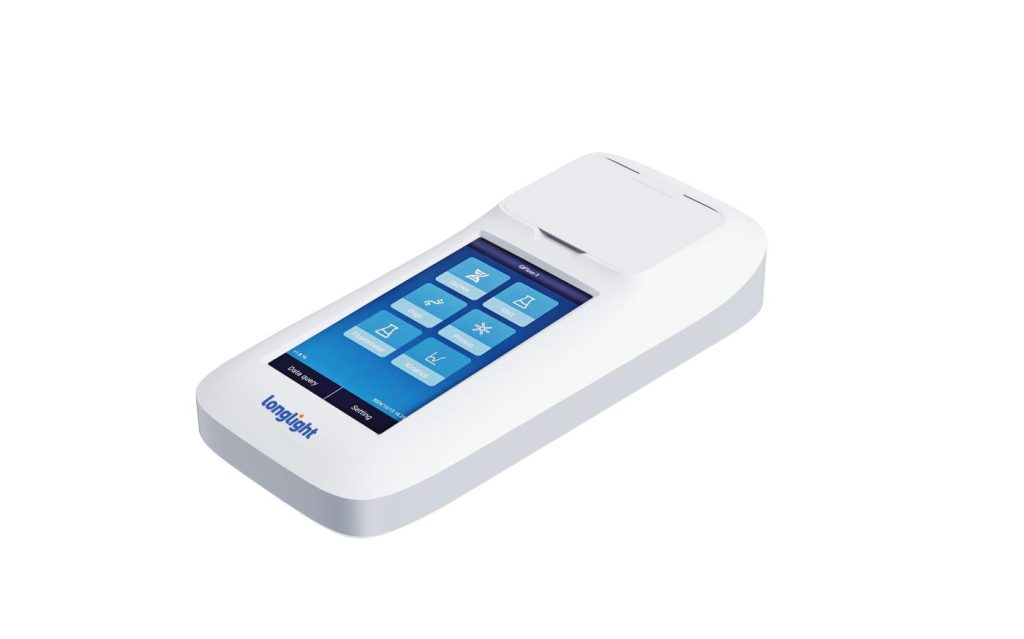
Specs That Save Minutes (and Samples)
Features turn into saved time only when they map to lab realities. The following specifications are the ones teams tell us make the difference between a smooth week and a lost one:
- Speed: Accurate concentration readouts in 3 seconds per sample; DNA/RNA assays use a simple mix-and-read with roughly two minutes of incubation.
- Micro-volume: Works with 1-20 µL total sample, preserving rare or precious material.
- Sensitivity: Detects dsDNA down to 0.01 ng/µL, enabling reliable low-concentration quantification.
- Specificity: Direct assays for dsDNA, ssDNA, RNA, and proteins, with less interference than UV methods.
- Open system: Choose the fluorescence assay chemistry you prefer – no single-supplier lock-in.
- Optics: High-efficiency monochrome LED with Blue 460-480 nm and Red 630-650 nm excitation (as applicable), and Green 500-535 nm and Red 670-710 nm emission ranges (as applicable).
- Detector: SiPMT readout for stable, ultra-sensitive signals.
- Calibration & linearity: Two-point calibration and five orders of linearity to keep numbers trustworthy.
- Interface & power: 5-inch touch screen; DC 5 V / 2 A / 10 W for easy placement on any bench.
- Tubes & environment: Accepts 0.5 mL tubes or 0.2 mL PCR tubes; designed for 15-30 °C, <75% humidity, indoor use.
- Open Assays, Simple Rollout
Budgets and protocols vary. An open reagent approach gives you the flexibility to match validated chemistries, scale costs, and standardize across teams. The user-friendly interface and automated calculations reduce training time, so new users move from first run to confident runs quickly. Because the instrument is compact and runs at room temperature, it does not disrupt existing layouts or require special conditions. That means fast deployment – from a pilot on one bench to routine use across a floor.
- From Evaluation to Action
Selecting a Benchtop Fluorometer is about more than speeds and feeds. It is about preventing the problems that drain time and samples. If your lab faces slow reads, large volume demands, or inconsistent numbers, our instrument is designed to remove those barriers. Replace UV-only quantification where it hurts you most, and keep your workflows in flow.
Call to Action: If cutting analysis time without sacrificing accuracy is on your roadmap, connect with Longlight Technology. We can align our Benchtop Fluorometer with your exact use cases – NGS library QC, PCR setup, or protein assays – walk through assay options, and share representative data. Let’s shorten the path from sample to decision – one precise, five-second read at a time.

